Every year, millions of people in the U.S. take prescription meds without ever checking if they’re real. That’s a dangerous habit. Counterfeit drugs don’t just fail to work-they can kill. The FDA has built powerful tools to help you spot fakes, but most people don’t know they exist. These aren’t hidden government systems. They’re public, free, and designed for exactly this: helping you confirm your meds are safe.
What the FDA Databases Actually Do
The FDA doesn’t just approve drugs. It tracks every single prescription medication sold in the U.S. through three main databases: the NDC Directory, the Drug Establishments Current Registration Site, and the Orange Book. Together, they form a digital fingerprint of the entire drug supply chain.
The NDC Directory is the heart of it. Every FDA-approved drug has a unique 10- or 11-digit National Drug Code (NDC). This isn’t a barcode you scan at the pharmacy-it’s a structured identifier. The first part (4-6 digits) tells you who made it. The second (3-4 digits) says what the drug is. The third (1-2 digits) tells you the package size. If any of these numbers don’t match what’s on the box, something’s wrong.
The Drug Establishments Current Registration Site shows you which companies are legally allowed to make or distribute drugs. If a pharmacy or distributor isn’t listed here, they’re operating illegally. The Orange Book lists generic drugs and confirms which ones are therapeutically equivalent to brand-name versions. This helps you know if your generic pill is truly interchangeable.
How to Check Your Medication in Minutes
You don’t need a pharmacy degree to use these tools. Here’s how to verify your drug in under five minutes:
- Find the NDC number on your pill bottle or box. It’s usually printed in small text near the barcode.
- Go to the FDA’s NDC Directory at fda.gov/drugs/drug-approvals-and-databases/national-drug-code-directory.
- Copy and paste the full NDC into the search bar. Don’t guess or shorten it.
- Check the results: Does the drug name, manufacturer, and package size match what you have?
If the search returns no results, or the details don’t match your package, the drug may be counterfeit. Don’t take it. Call your pharmacist or the FDA’s MedWatch hotline at 1-800-FDA-1088.
For example, if you’re taking metformin 500mg and the NDC on your bottle is 50458-052-01, searching that number should show you “Metformin Hydrochloride 500 mg Tablet” made by “Apotex Corp.” If it says “MediPharm Labs” instead-or if the company doesn’t appear in the Registration Site-you’ve found a red flag.
Spotting Counterfeit Drugs in the Real World
Counterfeiters aren’t just selling fake pills online. They’re slipping them into legitimate supply chains. Here’s what to look for in your actual medication:
- Color or shape mismatch: Your pills look different than last time, even if the name is the same.
- Unusual smell or taste: A bitter, chemical, or metallic aftertaste isn’t normal.
- Poor packaging: Faded labels, misspelled words, blurry printing, or missing lot numbers.
- Missing security features: Some drugs have holograms or tamper-evident seals. If those are gone, be suspicious.
- Price too good to be true: If a pharmacy offers a 90-day supply of insulin for $20, it’s not a deal-it’s a trap.
One 2022 case involved fake versions of the blood thinner Eliquis. The counterfeit pills had the right shape and color but contained no active ingredient. Patients taking them suffered strokes. The NDC for the real Eliquis is 52152-141-10. If your bottle says anything else, you’re at risk.
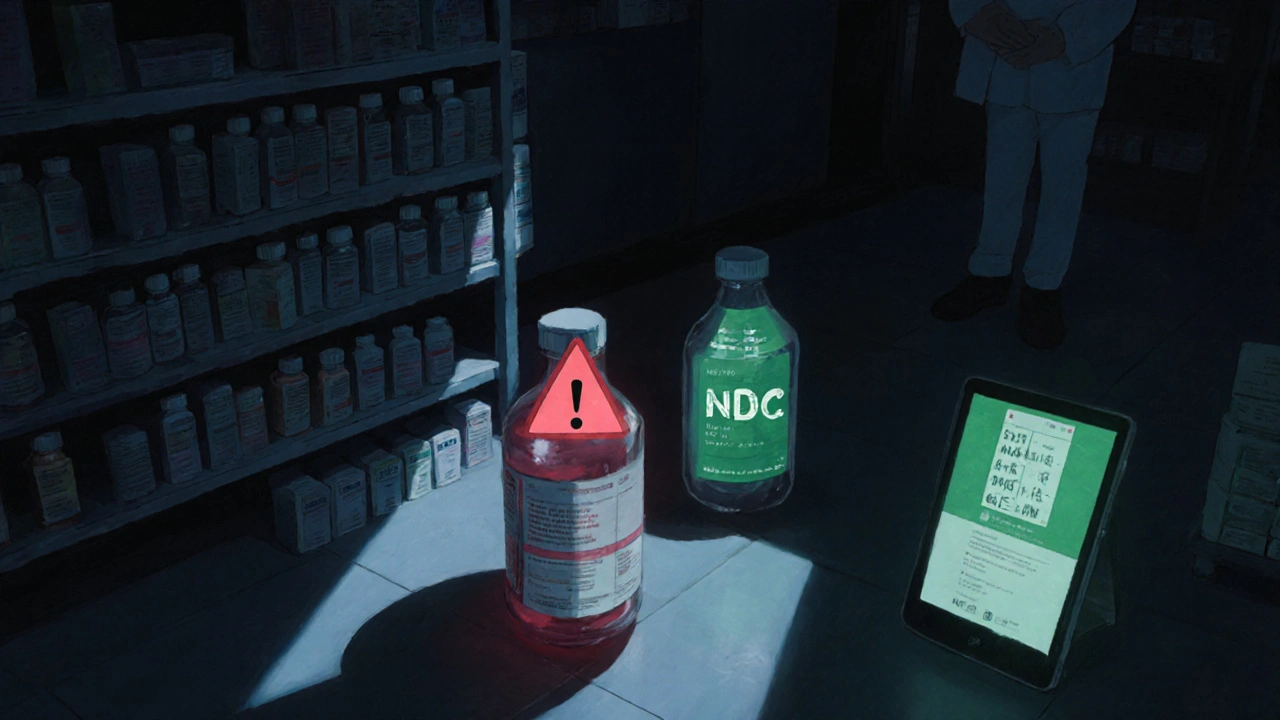
Why the System Isn’t Perfect
The FDA’s databases are strong-but they’re not foolproof. Here’s why:
- They don’t track individual pills. The NDC identifies the drug type and package, not each pill. So if a single pill is swapped, the system won’t catch it.
- Foreign manufacturers aren’t always compliant. About 35% of imported drugs come from suppliers who don’t fully follow FDA rules.
- Compounded drugs aren’t listed. These are custom-mixed medications, often used for rare conditions. They’re not in the NDC Directory at all.
- Small pharmacies struggle with tech. Many independent pharmacies can’t afford the $287,500 average cost to implement DSCSA verification systems.
That’s why checking the NDC yourself matters. Even if your pharmacy is compliant, you’re the last line of defense. If you notice something off, trust your gut.
What Happens When You Report a Fake
Reporting a counterfeit drug isn’t just helpful-it’s required by law for pharmacies and distributors. But you can do it too.
When you report a suspect drug to the FDA through MedWatch, they log it into their system. If multiple reports come in for the same NDC, they issue alerts to pharmacies, hospitals, and distributors. In 2022, FDA investigations triggered by public reports led to the seizure of over 1.2 million counterfeit pills.
Don’t throw the drug away. Keep the packaging and the pills. Take a photo. Write down where you bought it and when. That information helps the FDA trace the source. You’re not just protecting yourself-you’re helping stop a wider threat.
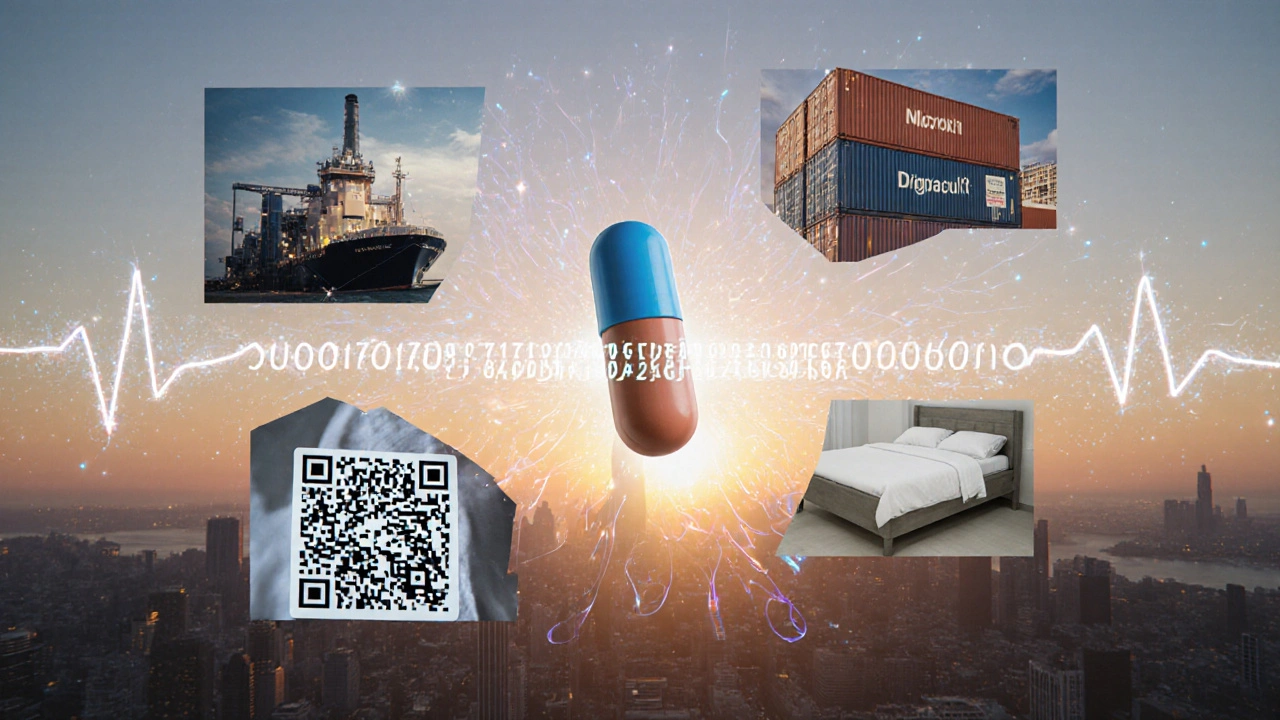
What’s Changing in 2025 and Beyond
The FDA is upgrading its systems. By 2026, all NDCs will switch to a standardized 12-digit format to reduce confusion. The agency is also adding product photos to the NDC Directory so you can visually compare your pills to the official image.
Some companies are testing AI tools that scan packaging for anomalies-like a slightly off-font or inconsistent color shade-that humans miss. IBM and Google are piloting machine learning models that predict counterfeit risk based on supply chain patterns.
But the biggest change? The DSCSA system now requires every single pill to have a unique digital identifier by 2023. That means in the near future, you’ll be able to scan a QR code on your pill bottle and see its full journey-from factory to pharmacy-with timestamps and locations. That’s the future of drug safety.
Bottom Line: Know Your NDC
Counterfeit drugs are a growing threat. In 2023, the global market for fake medicines was worth $200 billion. The FDA’s databases are your best tool to fight back. You don’t need to be a pharmacist. You just need to know where to look.
Next time you pick up a prescription, take 30 seconds to find the NDC. Search it. Compare it. Confirm it. That simple habit could save your life-or someone else’s.
Can I trust my pharmacy to check if my meds are real?
Most pharmacies are required to verify drugs under FDA rules, but mistakes happen. Pharmacies rely on the same NDC Directory you can access. If you’re unsure, check the NDC yourself. It only takes a minute. If your pharmacy refuses to let you see the label or won’t explain the NDC, that’s a red flag.
Are online pharmacies safe to use?
Only use online pharmacies that are verified by the National Association of Boards of Pharmacy (NABP) and display the VIPPS seal. Never buy from websites that don’t require a prescription, offer “miracle cures,” or ship from overseas. The FDA has shut down thousands of illegal online pharmacies. If it looks too easy, it’s probably fake.
What if my NDC isn’t in the FDA database?
If the NDC returns no results, it could mean one of three things: the drug is not FDA-approved, the NDC is entered wrong, or it’s counterfeit. Double-check the number for typos. If it’s still not found, don’t take the drug. Contact your doctor or pharmacist immediately. Some compounded or experimental drugs won’t appear-those are exceptions, not the norm.
Do generic drugs have the same NDC as brand names?
No. Each manufacturer gets its own NDC, even for the same drug. For example, brand-name Lipitor has a different NDC than generic atorvastatin, even though they contain the same active ingredient. The Orange Book tells you which generics are approved as equivalent. Always check both the NDC and the Orange Book to confirm.
Can I use the FDA databases to check over-the-counter (OTC) drugs?
Yes, but with a caveat. The NDC Directory includes many OTC drugs, especially those that require a prescription for insurance coverage. But not all OTC meds are listed. If you can’t find your ibuprofen or allergy pill, it doesn’t mean it’s fake-it just means the manufacturer didn’t submit it. For OTCs, check the packaging for the “Drug Facts” label and verify the company is registered in the FDA’s Establishment Registration database.

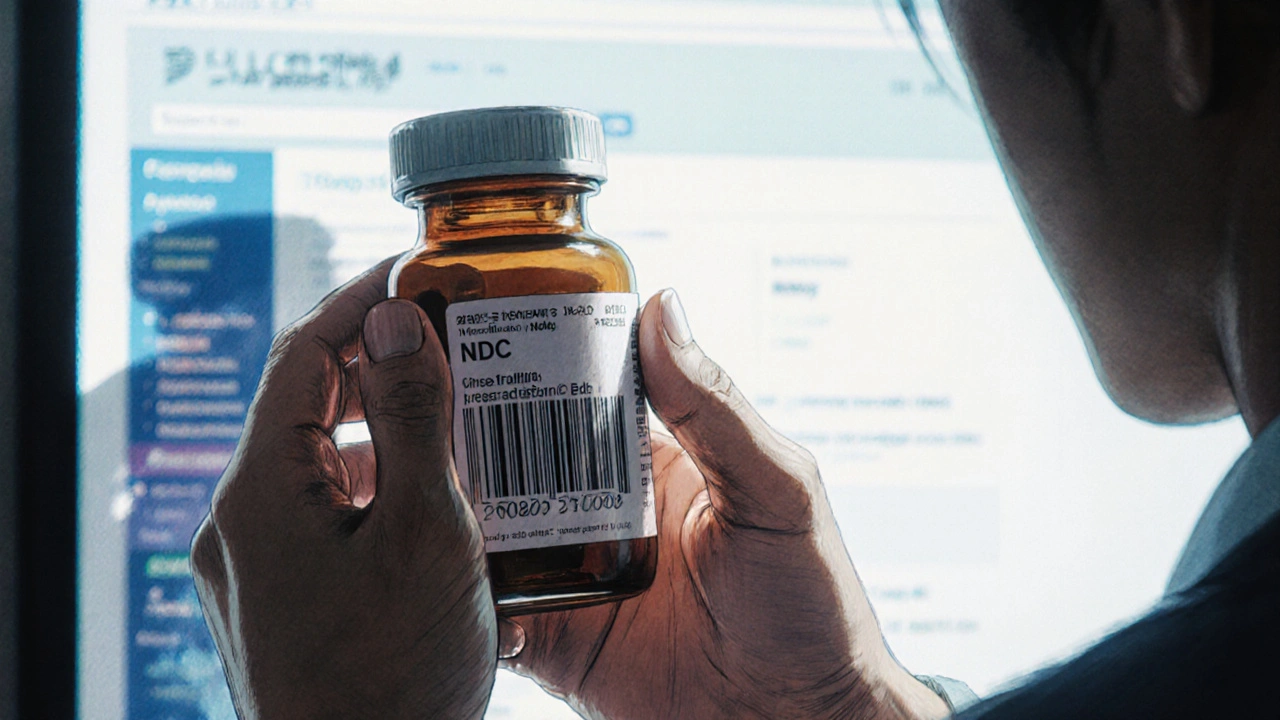
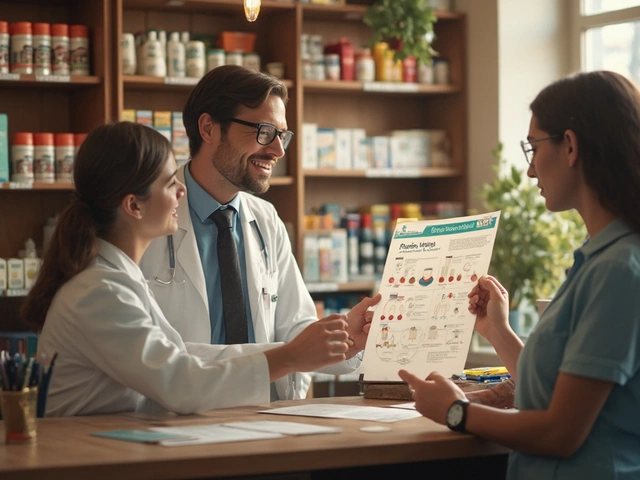
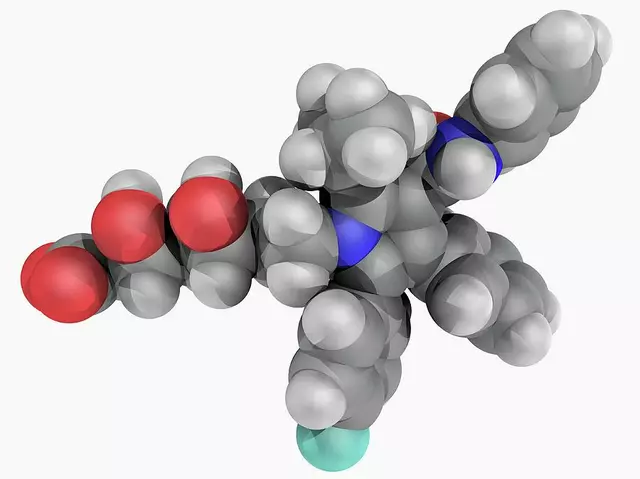
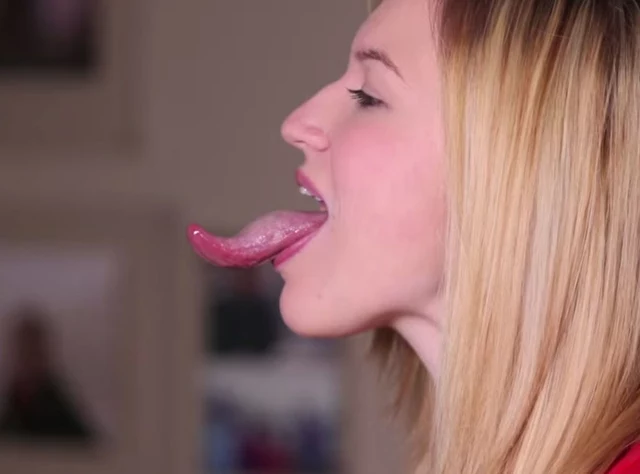
Paula Jane Butterfield
November 21, 2025 AT 22:31I had no idea the NDC code was that detailed-like, the manufacturer part? Mind blown. I just thought it was a barcode. I just checked my metformin and it matched Apotex Corp. Feels good to know I’m not accidentally taking sugar pills.
Also, shoutout to my grandma who always makes me double-check labels. She’s 82 and still smarter than most pharmacists I’ve met.
Simone Wood
November 22, 2025 AT 10:55Let’s be real-the FDA doesn’t give a damn about most of us. These databases are useless if you’re on Medicaid and your pharmacy gets meds from a distributor in Puerto Rico that’s barely registered. I’ve seen pills that looked like they were printed on a dot-matrix printer from 1997. And no, I didn’t get them online-I got them from CVS.
Swati Jain
November 23, 2025 AT 19:13Oh sweet mercy, another ‘just check the NDC’ lecture. You know what’s more effective? Not letting your doctor prescribe you anything from a company that doesn’t have a website with a .gov domain. And don’t even get me started on how 80% of generics are made in China by guys who think ‘pharmaceutical grade’ means ‘not visibly radioactive.’
But hey, at least the FDA has a directory. I guess that’s something. If you’re lucky.
Florian Moser
November 24, 2025 AT 16:42This is one of the most important public health guides I’ve read in years. Clear, accurate, and actionable. The breakdown of the NDC structure alone should be mandatory reading for every high school biology class. Thank you for taking the time to explain this so thoroughly. People need to know this stuff.
Kartik Singhal
November 25, 2025 AT 21:14😂😂😂 You really think the FDA is on our side? They’re just another corporate puppet. The NDC system? A distraction. The real danger is the 200+ pharmaceutical companies that own Congress. You check your NDC, you get a false sense of security. Meanwhile, your insulin is still being priced at $300 because the FDA approved a ‘generic’ that’s just a rebranded version of the same factory’s output.
And don’t even get me started on the QR codes in 2026-next they’ll make us scan our pills with an app to prove we’re not terrorists.
Logan Romine
November 27, 2025 AT 08:44So we’re supposed to trust a government database that can’t even keep track of which drugs are actually in stock? Meanwhile, my cousin’s mom took fake Adderall and ended up in the ER with a heart rate of 180. She didn’t even know it was fake until the pill looked like a rainbow gummy bear.
Meanwhile, the FDA’s website still uses Comic Sans in the footer. That’s the level of care we’re getting here. I’m not checking NDCs-I’m switching to herbal tea and hoping for the best.
jim cerqua
November 28, 2025 AT 17:28THIS IS A SCAM. I’ve been following this since 2020. The FDA doesn’t regulate imports. They just rubber-stamp paperwork. I know a guy who works at a warehouse in New Jersey-half the pills they get are labeled with fake NDCs that look legit but are just copied from the database.
And now they want us to scan QR codes? That’s just a way to track us. They’re building a national pill registry. Next thing you know, your doctor will get a notification if you didn’t take your pill. Welcome to Pharma-Orwell.
Julia Strothers
November 29, 2025 AT 20:57Why are we trusting American-made drugs anymore? The FDA’s ‘approval’ is a joke. They let in drugs from India and China that are made in basements with no oversight. I’ve seen the reports. The pills are filled with chalk, rat poison, and industrial dye. And you want me to just search a number? What if the number is real but the pill isn’t? That’s not safety-that’s a death sentence wrapped in a spreadsheet.
Elaina Cronin
December 1, 2025 AT 18:43While I commend the effort to disseminate such vital information, I must express profound concern regarding the systemic inadequacies in the FDA’s enforcement mechanisms. The reliance on self-reported data from foreign manufacturers is not merely suboptimal-it is dangerously negligent. Furthermore, the absence of real-time tracking renders the NDC Directory functionally obsolete in the face of modern supply chain manipulation. I urge immediate legislative intervention to mandate blockchain-based serialization for all pharmaceutical products.
Willie Doherty
December 2, 2025 AT 03:48Elaina raises a valid point. The current framework is reactive, not proactive. The FDA operates under a 1980s regulatory model in a 2025 digital economy. The NDC system was never designed to handle globalized, decentralized distribution. Until the agency mandates end-to-end cryptographic serialization-down to the individual tablet-we are merely performing digital placebo checks.